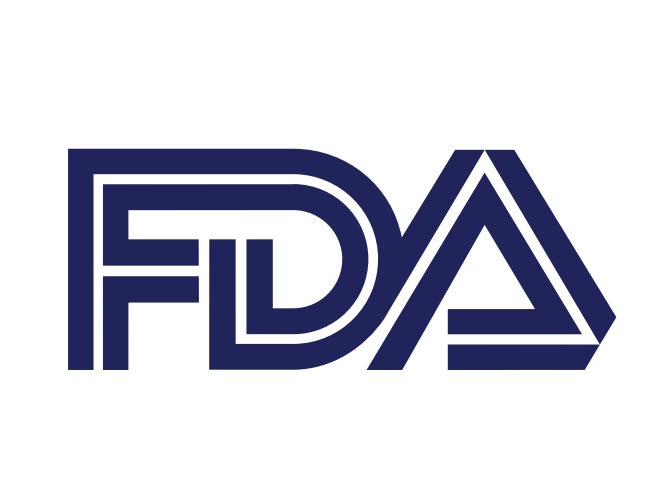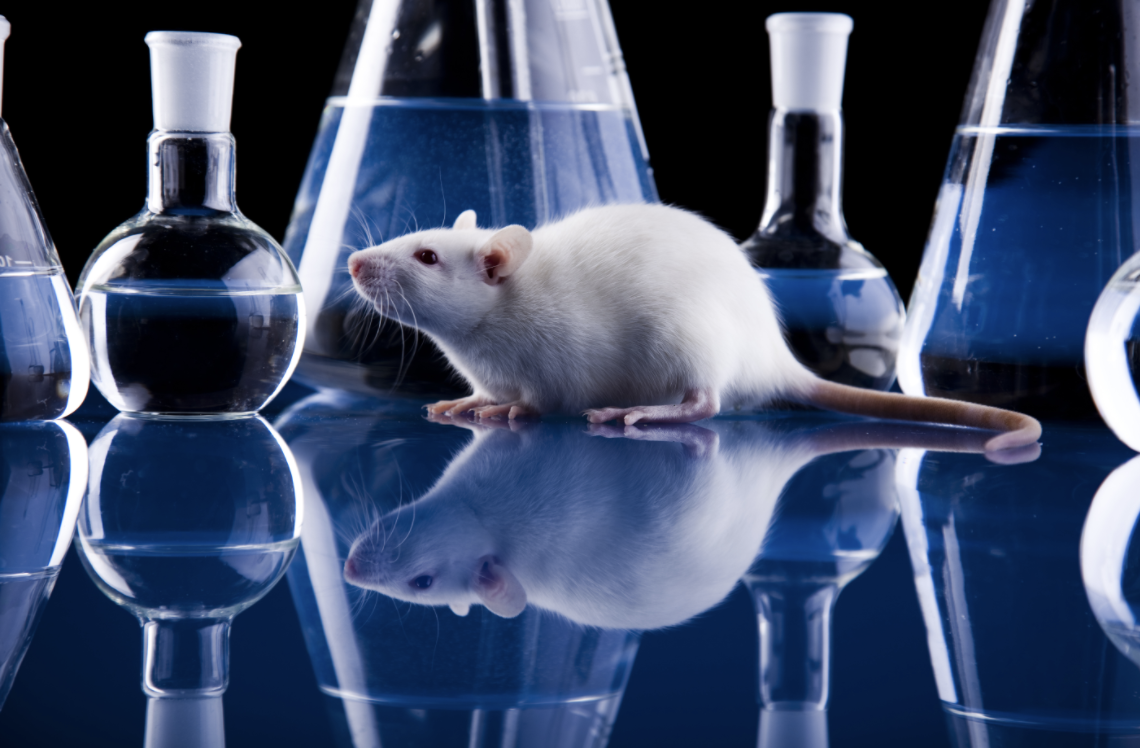The Food and Drug Administration (FDA) issued select updates for guidance relating to animal studies for the non-clinical and clinical investigation of medical devices used for the treatment of benign prostatic hyperplasia (BHP).

Regulatory Background and Scope of the FDA Guidance
The present document constitutes draft guidance published by the FDA in the course of public consultations. The FDA states that comments and suggestions from industry representatives will be received within 60 days from the date of its publication. The document will replace the previous guidance dedicated to the same topic, issued earlier in 2010. Until then, the initial document remains valid. The provisions described in the new guidance are intended to replace the appropriate provisions of the existing guidance, while the parts of the initial guidance that are not covered by the present draft will remain unchanged.
The Agency also advises all parties involved to refer to the FDA recognized consensus standards database: a special information system containing details about all harmonized standards duly recognized by the FDA, providing that medical device manufacturers are allowed to make references to such standards when demonstrating compliance with the applicable requirements.
The scope of the FDA guidance on BHP treatment devices covers the following medical devices:
- Endoscopic Electrosurgical Unit (also including accessories thereto), regulated under the 21 CFR 876.4300 with the product code KNS,
- Implantable transprostatic tissue retractor system, regulated under the 21 CFR 876.5530 with the product code PEW,
- Fluid jet removal system, regulated under the 21 CFR 876.4350 with the product code PZP, and
- Embolic agents for the treatment of benign prostatic hyperplasia, regulated under the 21 CFR 876.5550 with the product code NOY.
Non-Clinical Testing Recommendations
The first section of the guidance that the FDA intends to amend is section III, dedicated to non-clinical testing recommendations. In particular, the FDA suggests amending the provisions governing animal study.
Animal studies are an important source of information about the performance of the device and thus are widely used in the course of assessment procedures. The FDA states that bench models do not provide the full scope of information needed to assess the compliance of the medical device in question with the applicable safety and performance requirements. In such cases, animal studies should be conducted before using the medical device for humans.
When planning the animal study, a sponsor (a party initiating the study, e.g. medical device manufacturer) shall consider the following points:
- the design of the device subject to review,
- Its compositions, including the materials, used,
- The primary mechanism of action of the device,
- The intended duration of clinical use, together with the existing history,
- All information from animal studies or human clinical investigations conducted previously.
According to the FDA guidance, the information to be provided by the sponsor regarding the study should include:
- choice of animal model and the number of animals testes,
- The test protocol, including objectives and procedures,
- The study results, including objectives and procedures,
- The study conclusions,
- The treatment site,
- All complications
- All device malfunctions,
- The study results relating to the human anatomy and the intended use of the device.
Besides the information indicated hereinabove, the sponsor of animal study shall consider a wide scope of available scientific information. It is also recommended to submit a Q-submission in advance.

Types of BHP Medical Devices
The present FDA guidance covers two main types of medical devices intended for BHP treatment, namely:
- Thermal field-producing (thermotherapy) devices,
- Stents.
The primary mode of action of thermotherapy devices is based on the tissue-damaging temperatures generated by the device. It is important to ensure that the device operates without significant heating of non-target tissues. This aspect could not be fully evaluated through bench testing due to the impact of the multiple characteristics of the human organism. Animal studies could provide sponsors with important information related to the actual performance of the device when used for the intended purpose, allowing to evaluate the safety aspects. In particular, such studies are important in the case of thermal field-producing medical devices with not localized heating, or for entirely new medical devices based on the novel principles of operations.
Thus, the FDA recommends medical device manufacturers carry out the in vivo animal studies that are necessary to perform the thermal mapping. During such studies, it is necessary to create records of time-temperature history. The FDA also emphasizes the importance of taking into account certain differences existing between human and animal anatomy. In particular, this should be considered when placing temperature sensors or capturing the whole image.
In order to achieve accurate and relevant study results, the entity conducting the study should use the device in question in the same way it would be used when treating humans. Such an approach should be also used when choosing the operating parameters. The testing should cover all available modes and settings. For instance, the FDA recommends the following:
- if the device includes both a cooler applicator and a non-cooled applicator, each applicator should be evaluated separately using minimum, mid-range, and maximum settings.
- if the device includes multiple treatments, the number of treatments used in the animal study should equal or exceed the intended maximum number of treatments.
The FDA also recommends evaluating and providing information regarding the history of changes and the way the thermal effects created by the medical device are impacting the human organism.
If stents are present, the importance of human studies actually depends on the design of the medical device in question, its composition, materials used, the primary mode of action, the period of time the device is intended to be used, and also on the novelty of the device. The protocol of the animal study should be as close, as possible, to the actual method of application of the device subject to testing as intended by the manufacturer for BHP treatment.
According to FDA guidance, in the case of stents, the study should cover the following aspects:
- placement of one or multiple stents,
- changes to the position of the device,
- removal of the device in accordance with the instructions for use provided by the manufacturer of the device.
If the device is intended to resorb, this should also be evaluated in the course of the assessment. In particular, the sponsor of the study should duly keep records covering several steps of degradation.
Additional Changes Introduced by the FDA
The present FDA guidance also describes other changes proposed by the Agency in the course of suggested regulatory framework improvement. In particular, certain changes would be made to the provisions regulating pilot studies and pivotal clinical investigations.
Summarizing the information provided hereinabove, the FDA guidance on medical devices intended for BHP treatment covers the most important aspects related to the animal studies designed to evaluate the safety and performance of the device before using it to treat humans. As stated by the FDA, in most cases animal studies are necessary to fully evaluate the impact the device would cause to the human organism when being used for the intended purpose.

How Can RegDesk Help?
RegDesk is a next-generation web-based software for medical device and IVD companies. Our cutting-edge platform uses machine learning to provide regulatory intelligence, application preparation, submission, and approvals management globally. Our clients also have access to our network of over 4000 compliance experts worldwide to obtain verification on critical questions. Applications that normally take 6 months to prepare can now be prepared within 6 days using RegDesk Dash(TM). Global expansion has never been this simple.
Sources:

